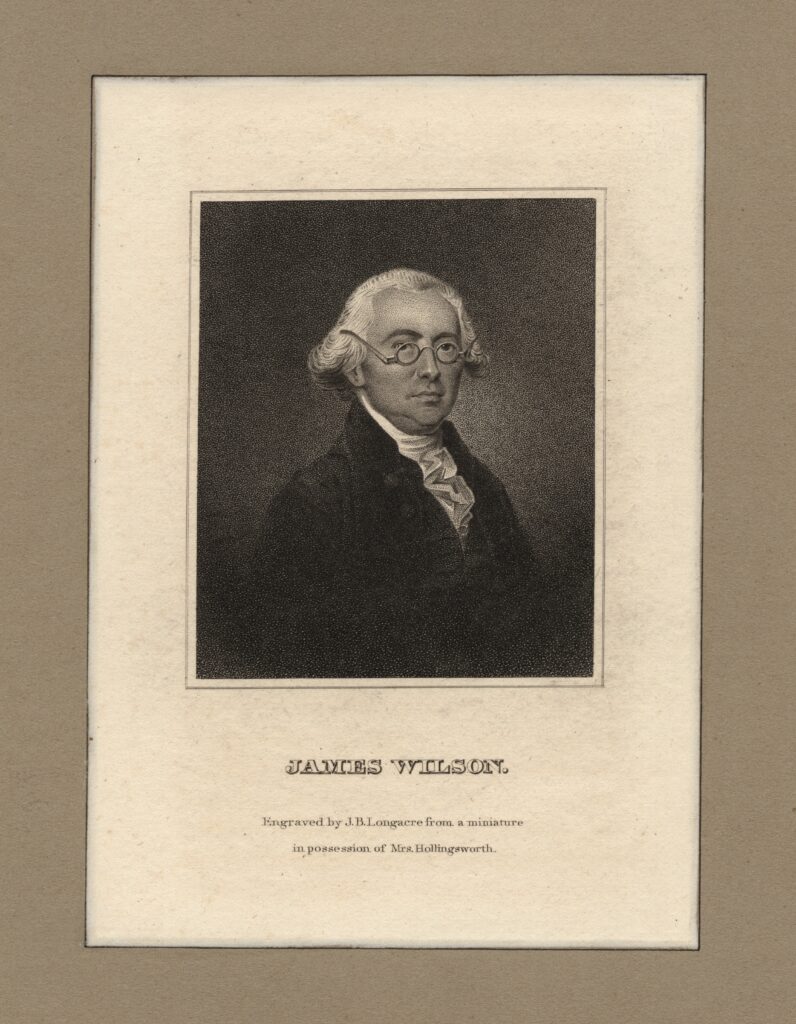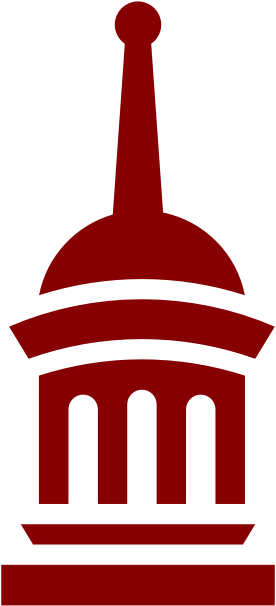
If you have been reading and following the work of the James Wilson Institute for even the shortest of whiles, you might have come across my remark that my late, dear friend, Antonin Scalia would scoff at the Natural Law even while giving us at times some handsome examples of how a jurisprudence of Natural Law would be done. As I wrote a few years ago, “to ask whether the judge can get through the day without falling back on the reasoning of the Natural Law is like asking ‘Can I order the coffee without using syntax?’” A friend of our Institute, that redoubtable lawyer and educator in Chicago, Joe Morris, indirectly flagged for us the most recent glimmer of this tendency at the Supreme Court, with Chief Justice Roberts invoking our James Wilson.
On March 21, the Supreme Court decided a case Thompson v. United States, which turned on whether a statutory prohibition against “false statements” extends to misleading ones as well. As Joe Morris conveyed to us, “the defendant, the victorious appellant here, is the grandson of the late Richard J. Daley. He was himself a Chicago alderman until his conviction in this case (which also involved some tax counts that were not involved on this appeal). His borrowings came to light when the bank from which he borrowed went under leaving a large portfolio of uncollected loans made to various members of Chicago’s Democratic Party elite.”
Where our interest cuts in though is that Joe noticed that the Chief Justice, in his opinion, cited our institute’s namesake, James Wilson, to illustrate a point of elementary logic. The Chief Justice began his examination of the case this way:
We start with the text. Section 1014 criminalizes “knowingly mak[ing] any false statement or report.” It does not use the word “misleading.” Yet false and misleading are two different things. A misleading statement can be true. See Peel v. Attorney Registration and Disciplinary Comm’n of Ill., 496 U. S. 91, 102 (1990) (noting that a “statement, even if true, could be misleading”).
But then the Chief Justice made a turn toward those principles underlying the text. “And a true statement is obviously not false.” To support that proposition, the Chief Justice cited a decision of the Court in Victor v. Nebraska that apparently picked up on one of Wilson’s observations in his famous Lectures on Law: “[T]o suppose that the same proposition is both true and false . . . is manifestly absurd.” (1 Works of James Wilson 519 (J. Andrews ed. 1896). The Chief Justice concluded, “So basic logic dictates that at least some misleading statements are not false.”
Such a simple citation, but of course, it touched an anchoring axiom in “the laws of reason.” Surely the Chief Justice did not have to find a jurist to make that elementary point. He could have quoted Aquinas or perhaps Plato or any classical philosopher, or even Nathan Detroit, or one of the other characters in Damon Runyon’s Broadway. And yet he seemed drawn to find the anchor of his authority in a jural figure.
That feeds into one of the confusions that grip some of our people today on finding principles by building on maxims cited in long histories. Or to lawyers with “string cites” to cases, as though the reiteration over the years was necessary or event relevant in establishing the truth of the proposition they were affirming. Let’s say that on another occasion a judge drew more deeply on the historical record, citing more jural figures such as James Wilson, affirming that two contradictory propositions cannot both be true; that we cannot be and not be at the same time. Let’s imagine that we have a long train of these citations running back to Coke and Matthew Hale. Do we actually think that affirming the law contradiction has anything to do with firming up our confidence in the truth of the proposition? The law of contradiction simply had to be grasped per se nota, as Alexander Hamilton said, of other necessary or primary truths: it contains “an internal evidence, which antecedent to all reflection of combination, command[s] the assent of the mind.”
What Chief Justice Roberts offered here is a necessary truth, which can’t be contradicted without falling into gibberish. The historical record is utterly irrelevant in establishing its truth. And some of our friends are vulnerable to this kind of trap of looking to the historical record to affirm a moral principle they are reluctant to affirm on its own terms. Even our friend Justice Thomas was lured again to this curious path in his opinion in Timbs v. Indiana on disproportionate punishments. We don’t have to go back, as he did, to Magna Carta to find the principle here. As I tried to show in my book First Things, this is one of those implications that arise out of the very “logic of morals.” Blackstone cast it in this way: that the law of nations found its beginning in “this principle, the different nations ought in time of peace to do one another all the good they can; and in time of war as little harm as possible, without prejudice to their own real interest.” Here’s an example: an American plane wanders into airspace in Castro’s Cuba and is shot down. The condemnation is that they should’ve been obliged to use non-lethal means to bring that plane down to land. And guided by the same principle, we used to say that a woman faced with a pregnancy she did not want would be obliged to use a non-lethal means of detaching herself from the baby.
But if we begin to hook into Wilson, there are other major strands from Wilson, running much deeper, that Roberts and his colleagues seem far right now from invoking. And that is Wilson’s evident answer to the question, “If we have natural rights, when do they begin?” His answer was essentially that they begin as soon as we begin to be:
In the contemplation of law, life begins when the infant is first able to stir in the womb. By the law, life is protected not only from immediate destruction, but from every degree of actual violence, and, in some cases, from every degree of danger.
And yet we find the six conservative justices, dealing with abortion in the Dobbs case, overturning Roe v. Wade, and something in their mode of conservative jurisprudence holds them back from recognizing, for the record, that there is indeed a small human being growing in the womb, a nascent life that has never been anything other than human from his first moments. We find Brett Kavanaugh writing in his concurrence in Dobbs that “many pro-life advocates forcefully argue that a fetus is a human life”—forcefully argue as though there has been no long-settled, empirical truth on this matter, found in all of the textbooks of embryology.
To recognize “the human person” is to touch the root of our jurisprudence, and drawing on that root Wilson was able to offer us a proposition about our jurisprudence that lawyers and judges in our own day would need some unwinding to grasp. Wilson did not think it was a mere “theory” that two contradictory propositions cannot be true. No more was it a theory, as his favorite philosopher Thomas Reid said, that “to call a person to account, to approve, or disapprove of his conduct, who had no power to do good or ill, is absurd. No axiom of Euclid appears more evident than this.” Wilson took that, with Reid, to be one of those anchoring axioms of our jurisprudence. And he thought, with Hamilton, that everything we knew had to begin with certain “primary truths, or first principles, upon which all subsequent reasoning must depend.”
As Wilson said, we must move from things reliably known to the things we are trying to know: “First principles are in themselves apparent; that to make nothing self-evident, is to take away all possibility of knowing any thing; that without first principles, there can be neither reason nor reasoning.” And so I’ve been suggesting to people that what Wilson was proposing to us was this: that indeed, our jurisprudence finds its anchor in these “primary truths” or “first principles, and if a jurisprudence is built accurately upon axioms of this kind, it cannot give us a mere “theory” of jurisprudence, or a “theory of Natural Law”; it must give us the real thing.


